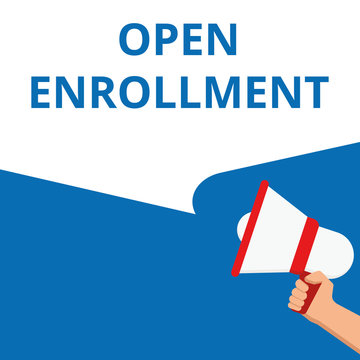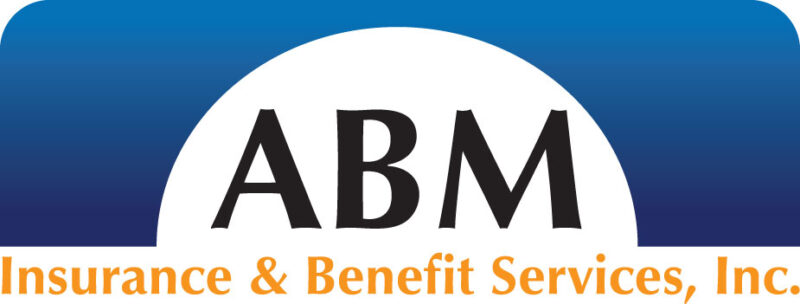
ABM Insurance & Benefit Services Employee Benefits Department want to make sure you are prepared for the compliance changes in 2024. There are always changes and we will help to make sure our clients are in compliance. We are sending this information to you and will discuss at your renewal. Please download the complete guidance checklist (CLICK HERE)
To get ready for open enrollment, employers who sponsor group health plans should be aware of the legal changes affecting the design and administration
of their health plans for plan years beginning on or after Jan. 1, 2024. These changes include limits that are adjusted for inflation each year, such as the
Affordable Care Act’s (ACA) affordability percentage and cost-sharing limits for high deductible health plans (HDHPs). Employers should review their
health plan’s design to confirm that it has been updated, as necessary, for these changes.
In addition, any changes to a health plan’s benefits for the 2024 plan year should be communicated to plan participants through an updated summary
plan description (SPD) or a summary of material modifications (SMM). Health plan sponsors should also confirm that their open enrollment
materials contain certain required participant notices, when applicable, such as the summary of benefits and coverage (SBC). Some participant notices
must also be provided annually or upon initial enrollment. To minimize costs and streamline administration, employers should consider including these
notices in their open enrollment materials.
ACA Affordability Standard
Under the ACA’s employer shared responsibility rules, ALEs are required to offer affordable, minimum value health coverage to their full-time employees (and dependent children) or risk paying a penalty. The employer shared responsibility requirements are also known as the “pay or play” rules. Under the ACA, an ALE’s health coverage is considered affordable if the employee’s required contribution to the plan does
not exceed 9.5% of the employee’s household income for the taxable year (as adjusted each year). The adjusted
percentage is 9.12% for 2023.
The affordability percentage for plan years that begin on or after Jan. 1, 2024, has not been released yet. Going forward,
employers should take the following steps:
Monitor future developments for the release of the affordability percentage for 2024.
Once the affordability percentage is released, ALEs should confirm that at least one of the health plans offered to
full-time employees satisfies the ACA’s affordability standard.
Out-of-Pocket Maximum Limits
Non-grandfathered health plans are subject to limits on cost sharing for essential health benefits (EHB). The annual limits
on total enrollee cost sharing for EHB for plan years beginning on or after Jan. 1, 2024, are $9,450 for self-only coverage
and $18,900 for family coverage. With this in mind, employers should consider these next steps:
Review the out-of-pocket maximum limits for your health plan to ensure they comply with the ACA’s limits for the
2024 plan year.
Keep in mind that the out-of-pocket maximum limits for HDHPs compatible with HSAs must be lower than the ACA’s
limits. For the 2024 plan year, the out-of-pocket maximum limits for HDHPs are $8,050 for self-only coverage and
$16,100 for family coverage.
HDHP and HSA Limits for 2024
Employers offering HDHPs compatible with HSAs to employees should confirm that the HDHP’s minimum deductible and
out-of-pocket maximum comply with the 2024 limits. The IRS limits for HSA contributions, HDHP minimum deductibles
and HDHP maximum out-of-pocket expenses will all increase for 2024. The HSA contribution limits will increase effective
Jan. 1, 2024, while the HDHP out-of-pocket limit will increase effective for plan years beginning on or after Jan. 1, 2024.
Looking ahead, employers should follow these steps:
Check whether HDHP cost-sharing limits need to be adjusted for the 2024 limits.
Communicate HSA contribution limits to employees as part of the enrollment process and update these enrollment
materials to reflect the increased limits that apply for 2024.
The following table contains the HDHP and HSA limits for 2024 as compared to 2023. It also includes the catch-up
contribution limit that applies to HSA-eligible individuals age 55 and older, which is not adjusted for inflation and stays the
same from year to year.
Summary of Benefits and Coverage
The ACA requires health plans and health insurance issuers to provide an SBC to applicants and enrollees each year at
open enrollment or renewal time. Federal agencies have provided a template for the SBC, which health plans and issuers
are required to use. With this in mind, employers should consider these next steps:
Include an updated SBC with open enrollment materials.
Take note that for self-funded plans, the plan administrator is responsible for providing the SBC. For insured plans,
the issuer usually prepares the SBC. If the issuer prepares the SBC, an employer is not required to also prepare an
SBC for the health plan, although the employer may need to distribute the SBC prepared by the issuer.
Medicare Part D Notices
Group health plan sponsors must provide a notice of creditable or non-creditable prescription drug coverage to Medicare
Part D-eligible individuals covered by, or who apply for, prescription drug coverage under the health plan. This creditable
coverage notice alerts the individuals about whether their prescription drug coverage is at least as good as the Medicare
Part D coverage. The notice generally must be provided at various times, including when an individual enrolls in the plan
and each year before Oct. 15 (when the Medicare annual open enrollment period begins). Model notices are available on
the Centers for Medicare and Medicaid Services’ website.
Annual CHIP Notices
Group health plans covering residents in a state that provides a premium subsidy to low-income children and their families
to help pay for employer-sponsored coverage must send an annual CHIP notice about the available assistance to all
employees residing in that state. The U.S. Department of Labor (DOL) has provided a model notice.
Initial COBRA Notices
COBRA applies to employers with 20 or more employees who sponsor group health plans. Group health plan
administrators must provide an initial COBRA notice to new participants and certain dependents within 90 days after plan
coverage begins. The initial COBRA notice may be incorporated into the plan’s SPD. A model initial COBRA notice is
available from the DOL.
SPDs
Plan administrators must provide an SPD to new participants within 90 days after plan coverage begins. Any changes made
to the plan should be reflected in an updated SPD booklet or described to participants through an SMM. Also, an updated
SPD must be furnished every five years if changes are made to SPD information or if the plan is amended. Otherwise, a
new SPD must be provided every 10 years.
Notices of Patient Protections
Under the ACA, group health plans and issuers that require the designation of a participating primary care provider must
permit each participant, beneficiary and enrollee to designate any available participating primary care provider (including
a pediatrician for children). Additionally, plans and issuers that provide obstetrical/gynecological care and require a
designation of a participating primary care provider may not require preauthorization or referral for such care.
Lots of changes this year. Please call ABM Insurance & Benefit Services at 800-362-2809 to discuss. If you are not a client and would like to see the services we provide, CLICK HERE
To Download a complete summary – CLICK HERE
